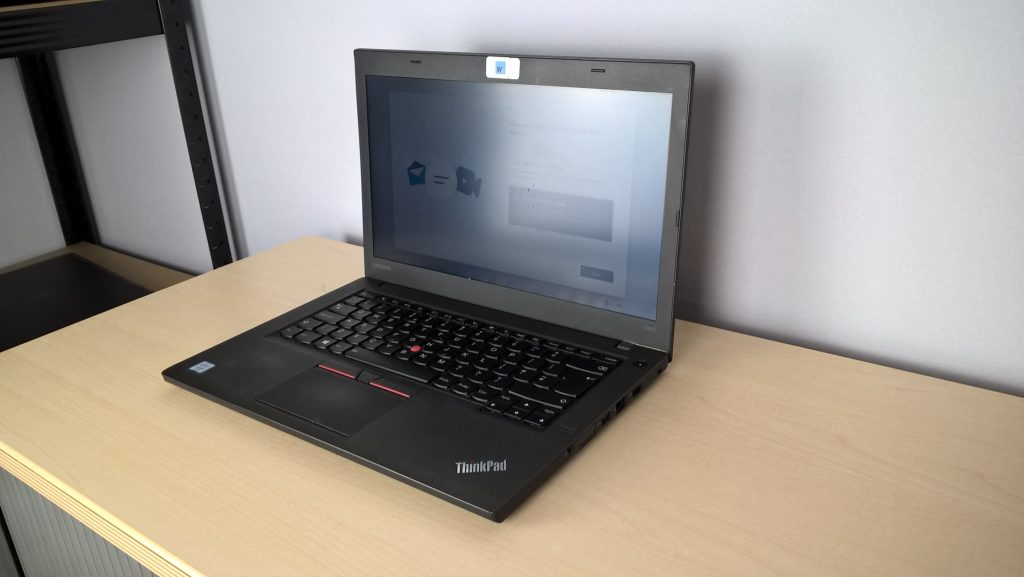Unraveling the Mystery of a Unique Blue Screen of Death
Recently, I had an intriguing experience with a customer who approached me regarding performance problems while playing the remastered version of “Oblivion.” After a thorough examination and some hands-on testing, I discovered an unusual crash that left me quite baffled.
As we delved into the performance issues, it became clear that this was no ordinary case. During the diagnostic process, the system displayed a Blue Screen of Death (BSOD) unlike any I had encountered before. This particular BSOD offered a unique error message that had me scratching my head and kindled my curiosity.
Typically, BSODs can point to common issues like hardware failures, driver conflicts, or system resource exhaustion. However, the distinctive nature of this crash led me to believe we were looking at something unexpected. The anomaly not only affected gameplay but also threw my diagnostic tools for a loop.
This experience underscored the importance of investigating the root causes of performance issues, rather than simply applying generic fixes. Each malfunction has a story to tell, and sometimes, it takes a unique failure to reveal underlying problems that require our attention.
If you’ve ever encountered a mysterious BSOD or a perplexing performance issue, I’d love to hear about your experiences. Let’s explore these tech puzzles together and learn from the crashes that keep us on our toes!
Share this content:




Hi there,
Thank you for sharing your detailed experience with this unusual BSOD. Unique error messages can sometimes indicate underlying issues that aren’t immediately apparent. Here are some steps you might consider to further diagnose and resolve the problem:
C:\Windows\Minidump, these can provide specific information about the error that may help identify the faulty driver or hardware component.If the BSOD error message includes specific codes or wording, sharing those details can help narrow down the problem further. Additionally, sometimes tweaking advanced settings like disabling overclocking or adjusting virtual memory can resolve stability issues.
Feel free to share any specific error codes or